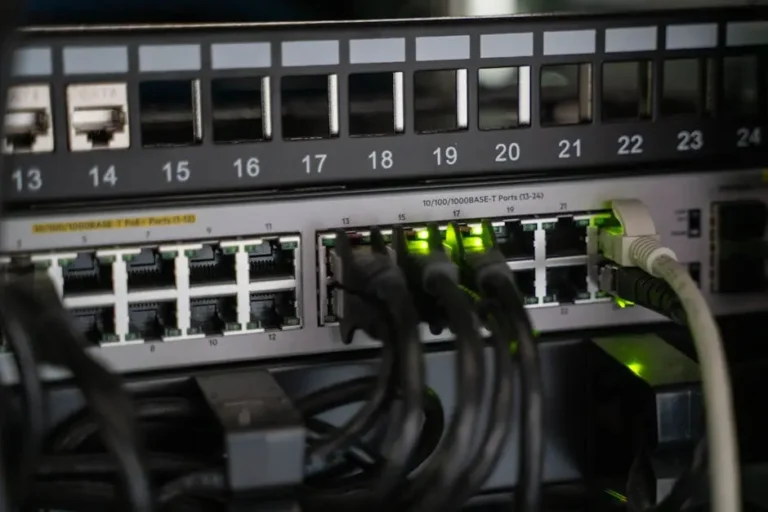As businesses prioritize security, the integration of various security solutions becomes crucial. One common question arises: can access control systems work seamlessly with other security measures? In this blog, we’ll explore the possibilities and methods for integrating access control systems with different security technologies.

Understanding Access Control Systems
Access control systems serve as the backbone of modern security practices. They help ensure that only authorized personnel have entry to sensitive areas, which is pivotal for safeguarding assets and information. These systems can range from simple keycard access to complex biometric setups.
To fully appreciate how they can be integrated, it’s important to comprehend the different types available. Some systems utilize physical tokens like card readers, while others may incorporate more advanced technology such as facial recognition. Understanding these differences helps in exploring potential integration.
One of the core functions of access control systems is to log entry and exit activities. This functionality not only improves security but also allows for auditing and analysis of security events. Such data can be exceptionally useful when integrating with other security solutions.
Benefits of Integration with Other Security Solutions
Integrating access control systems with other security solutions can yield multiple benefits. For one, a unified security approach enhances visibility; security teams can monitor various systems from a single interface, which streamlines response times during incidents.
Moreover, the integration can provide layered security. For instance, combining access control with surveillance cameras creates a powerful tool for monitoring. If an unauthorized entry is detected, footage can immediately be reviewed.
Additionally, these integrations can lead to improved resource management. Organizations can automate locking and unlocking procedures based on employee schedules, thereby reducing unnecessary manual tasks and enhancing operational efficiency.
In short, the benefits of integration involve improved efficiency, increased security depth, and enhanced ease of management, making it an attractive option for businesses of all sizes.
Common Security Solutions to Integrate With
Several security solutions can be effectively integrated with access control systems. Video surveillance systems are among the most common partners. This combination helps businesses monitor live feeds alongside entry logs.
Intrusion detection systems are another critical element. When an access control system detects a breach, it can trigger alerts in the intrusion system, facilitating a rapid response.
Moreover, fire alarm systems can be linked with access control systems. In emergencies, such as a fire, the access control system can automatically unlock doors to enable a quick evacuation, showing the life-saving potential of such integrations.
How to Achieve Integration
The integration process begins with selecting compatible systems. Always check if the access control system supports integration with other security technologies. Many manufacturers provide APIs or integration tools for this purpose.
Next, conducting a risk assessment is crucial. Understanding security vulnerabilities allows for tailored integration, maximizing impact. After identifying risks, the integration can be designed to address specific needs.
Training personnel is equally important. Employees must understand how to use the integrated system effectively for it to be successful. Regular updates and refresher courses can enhance operational efficiency.
Finally, continuous monitoring of the integrated systems is key. Regular checks and updates help identify potential issues and ensure systems are functioning as intended.
Challenges and Considerations
While integration is advantageous, challenges may arise. Compatibility issues between different systems can be a significant roadblock. It’s essential to choose systems known for their compatibility.
Another significant challenge is cost. Upfront costs may deter organizations from pursuing integration, but the long-term benefits can offset these initial expenses. It’s also important to factor in ongoing maintenance costs.
Data security is another top concern; integrating multiple systems means that vulnerabilities may arise. Ensuring that data is encrypted and that proper access rights are enforced is crucial.
Conclusion: Ensuring a Secure Environment
In conclusion, integrating access control systems with other security solutions is indeed feasible and brings numerous advantages. It allows for a comprehensive approach to security that values both efficiency and effectiveness.
As we’ve discussed, various integrations are possible—from surveillance cameras to alarm systems. Each combination offers unique benefits that can further strengthen security protocols.
However, organizations should remain aware of potential challenges and prepare accordingly. By making informed decisions, businesses can achieve a robust security environment that protects both assets and personnel.
Final Thoughts on Integration
Integrating access control systems with other security solutions is not only possible but also highly beneficial for enhancing overall security protocols. By understanding the various options for integration, organizations can create a more robust and effective security strategy.


